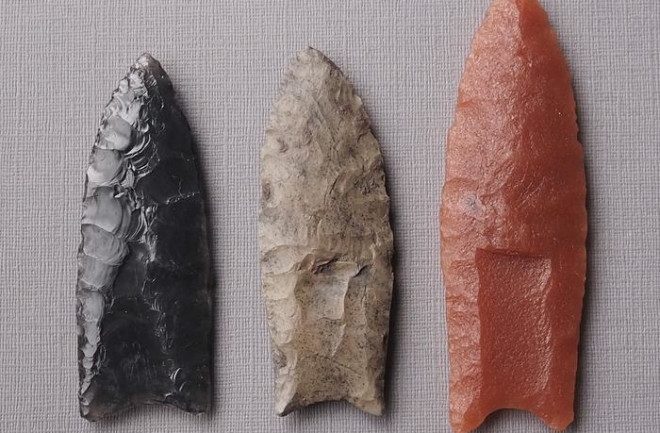Imagine being charged by a woolly mammoth. You hold a wooden spear with a razor-sharp stone tip. Do you hurl it at the 10,000-pound animal and hope it pierces its thick leathery skin? Or do you stay put, plant the base into the ground and trust that the beast will impale itself?
The conventional wisdom — both scientific and cultural — has long favored the first version. But archeological evidence and an experimental approach shows that the second may have been more realistic and common during the Ice Age, according to a study in PLOS ONE.
What are Clovis Points?
The study drew on nearly 100 years of archeology, starting with the Clovis point. Clovis points are stones shaped into arrowheads or spearheads with razor-sharp edges and fluted indentations. They are named for Clovis, New Mexico, where the stones were first discovered almost a century ago.







